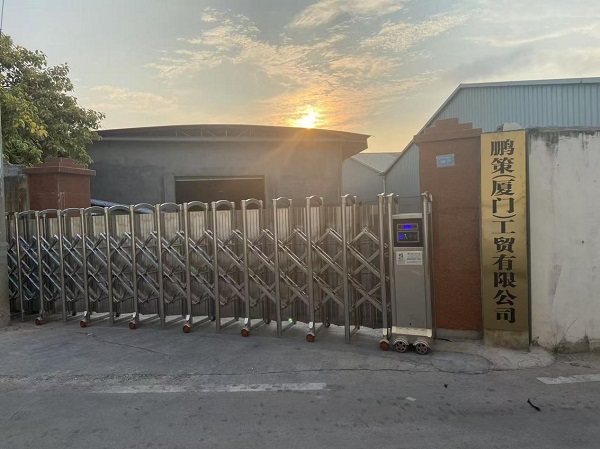When you hold a finished metal part, you see the result of a powerful stamping press. But the true hero behind that part's precision, consistency, and quality is the stamping die. A stamped part's accuracy is 90% determined by the quality of its mold. Why is precision tooling the key to perfect stamped parts? This guide takes you behind the scenes to explore the critical importance of the metal stamping mold and how it forms the very heart of precision manufacturing.
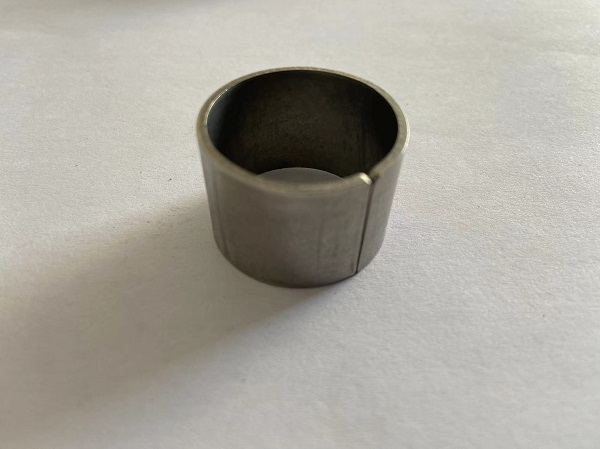
What is a Metal Stamping Mold? Understanding the Basics
What is a stamping mold? In simple terms, a metal stamping mold, also known as a die, is a custom-built tool that cuts and forms sheet metal into a desired shape. It's not the machine itself, but the specialized, hardened steel tool that fits into the stamping press.
The Key Components: Punch, Die, and Stripper
A typical stamping die consists of several key components. The "punch" is the male portion that performs the cutting or forming action. The "die block" is the female portion that the punch presses into, shaping the metal. A "stripper" plate is used to remove the material from the punch after the operation.
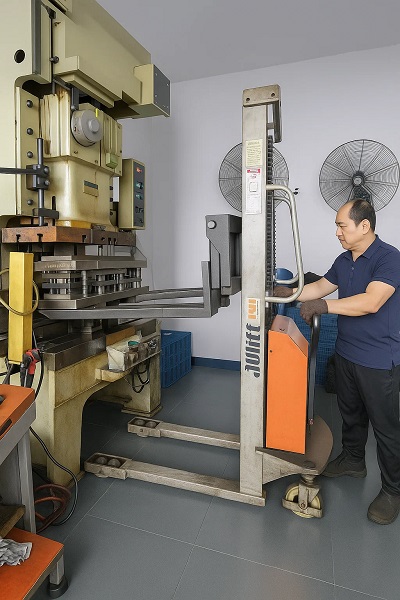
How a Stamping Die Shapes Sheet Metal
During operation, the stamping press exerts immense force, driving the punch through the sheet metal and into the die block. This action either cuts the metal (blanking or piercing) or forces it to bend and flow into the shape of the die (forming or drawing). The precise alignment and geometry of these components dictate the final shape of the part.
The Process of Creating a Custom Tool and Die
How are stamping dies made? Creating a high-quality custom tool and die is a meticulous engineering process that combines design expertise with advanced manufacturing techniques. It is an investment in the quality of your future production runs.
Step 1: Collaborative Design and Engineering
The process begins with collaborative tooling design. Our engineers work with your part drawings, using CAD software to design the die. We simulate the metal flow and stress points to optimize the design for performance and longevity.
Step 2: High-Precision Machining with CNC Technology
Once the design is finalized, the individual components of the die are crafted from high-grade tool steel. We use advanced CNC machining centers to cut and shape these components with micron-level accuracy, ensuring every surface and angle is perfect.
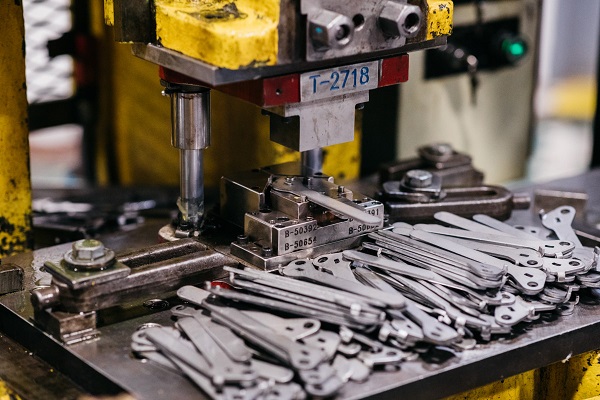
Step 3: Heat Treatment for Durability and Hardness
To withstand the immense forces of stamping, the die components undergo a specialized heat treatment process. This hardens the steel, dramatically increasing its durability and resistance to wear, which is crucial for a long tooling life.
Step 4: Meticulous Assembly and Trialing
Finally, our expert toolmakers meticulously assemble and align the hardened components. The completed die undergoes rigorous trialing, where we produce test parts to verify its performance and ensure it meets all specifications before it's approved for mass production.
The Impact of High-Quality Precision Tooling on Your Project
Investing in high-quality precision tooling directly translates into tangible benefits for your project, affecting everything from part quality to your bottom line.
Achieving Tighter Tolerances and Consistency
A well-made die is the only way to achieve tighter tolerances and exceptional part-to-part consistency. Its precision is directly mirrored in every single part it produces, which is critical for complex assemblies and automated production lines.
Increasing Production Speed and Efficiency
A robust and well-designed die can run at higher speeds with less downtime for maintenance or adjustments. This increases overall production efficiency, leading to faster lead times and a more stable supply chain for your business.
Extending the Life of the Tooling, Reducing Long-Term Costs
While a high-quality die may have a higher initial cost, its extended tooling life means it can produce millions of parts before needing major repairs or replacement. This significantly lowers the per-part cost over the lifetime of your product. For a partner who understands this, you can explore Pengce Metal's services.
Our Innovation in Tooling: A Look at Our Patented Designs
At Pengce Metal, we don't just build standard dies; we innovate. Our commitment to improving the stamping process has led to the development of our own patented design solutions that provide unique benefits to our clients.
Case in Point: Our Patented Aluminum Cup Stamping Die
One example of our innovation is our patented aluminum cup stamping die. This specialized tool is designed with a protective structure that minimizes material stress and reduces defects during the deep drawing process, resulting in a higher yield of perfect, seamless cups.
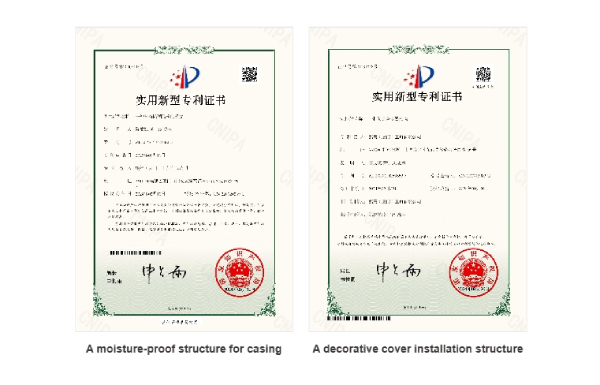
How Our Protective Mold Structures Benefit Your Parts
Our patented protective structures, used in various metal stamping mold designs, help to better control material flow and reduce the risk of tearing or wrinkling. This is especially beneficial for parts with complex geometries or those made from challenging materials, ensuring a higher quality final product.
Investing in a Superior Stamping Die Means Investing in Quality
Ultimately, the stamping die is the most critical asset in your production process. It is a direct investment in the quality, consistency, and long-term success of your product. As a leading precision tool and die manufacturer, Pengce Metal understands this principle. We build our tools to last, ensuring that every part we produce for you is a testament to quality. What has been your biggest challenge with tooling from other suppliers? Precision, lifespan, or cost? We'd love to hear your thoughts.
Your Questions About Stamping Molds and Dies Answered
Who owns the stamping die after it's made? Typically, the customer who pays for the custom tool and die owns it. We securely store, maintain, and run the tool exclusively for your production orders. The tooling is your asset.
How much does a custom tool and die cost? The cost varies significantly based on the part's size, complexity, material, and required lifespan. A simple blanking die might cost a few thousand dollars, while a complex progressive die could cost tens of thousands or more. We provide a detailed breakdown of tooling costs in our quotes.
What is the typical lifespan of a metal stamping mold? The tooling life depends on the tool steel quality, the part material, and the production volume. A well-maintained die made from high-quality steel can last for hundreds of thousands, or even millions, of cycles.
Do you offer die maintenance and repair services? Yes. We offer comprehensive maintenance for all the tools we build. Regular sharpening, cleaning, and component checks are part of our service to ensure the die continues to produce high-quality parts throughout its entire lifespan. For tooling expertise, contact the Pengce Metal team.

